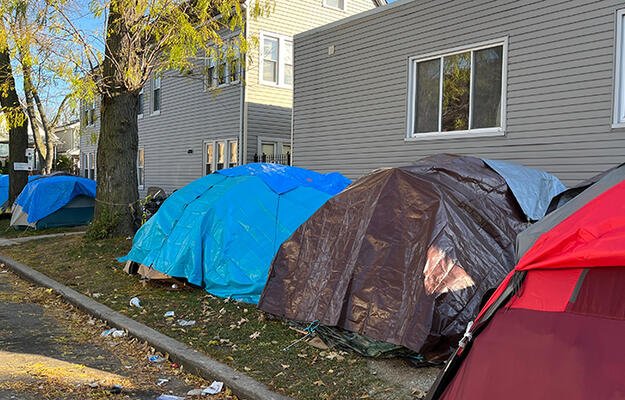
HUD’s Mission to Combat Discrimination Is as Important Now as Ever
by Solomon Greene and Claudia Aranda
Congress passed the Fair Housing Act in 1968 to address two major problems plaguing the nation: housing discrimination and racial segregation. Fifty years later, those problems haven’t gone away. Research shows that housing discrimination still has profound impacts on people of color and other vulnerable groups, and segregation continues to harm all Americans.
The US Department of Housing and Urban Development (HUD) is responsible for addressing these systemic issues and advancing the goals of the Fair Housing Act. The agency’s mission statement defines its priorities, but those priorities are now in flux.
The Huffington Post reported last Tuesday that HUD has proposed changing its mission statement to drop the reference to its commitment to “build inclusive and sustainable communities free from discrimination” and replace it with “opportunities to achieve self-sufficiency.”
But evidence shows that helping people achieve self-sufficiency isn’t possible when discrimination prevents them from securing housing or when segregation limits people’s access to opportunities.
How evidence can shape efforts to improve fair housing
The most blatant forms of housing discrimination aren’t as prevalent as in previous decades, but subtler forms of discrimination continue to harm minorities by raising their housing search costs and restricting their options. In addition to ethnic and racial minorities, this discrimination affects many other groups, including people with disabilities, families with children, and LGBTQ communities.
Racial segregation and its negative effects are a direct result of government policies, such as zoning laws; private developer practices; and the demolition of predominantly black and Latino neighborhoods.
Segregation has led to the geographic concentration of poverty and the severe distress of high-poverty neighborhoods, which cripples the economic vitality of these areas. Living in neighborhoods of concentrated poverty undermines people’s well-being and long-term chances.
Creating more inclusive regions and expanding access to opportunity can have positive results for all people, leading to higher black median household income, higher bachelor’s degree attainment for both black and white people, and lower homicide rates, according to Urban Institute research.
HUD has taken steps in recent decades to support local efforts to reduce segregation by investing in distressed neighborhoods and expanding the share of people who have access to opportunity-rich neighborhoods. But positive change is just getting started.
HUD’s current mission to build inclusive communities free from discrimination is as important now as when Congress passed the Fair Housing Act 50 years ago. As the agency considers revamping its mission statement, it should ensure that the existing evidence plays a key role in determining its priorities.
This post was originally published on Urban Wire, the blog for the Urban Institute.


